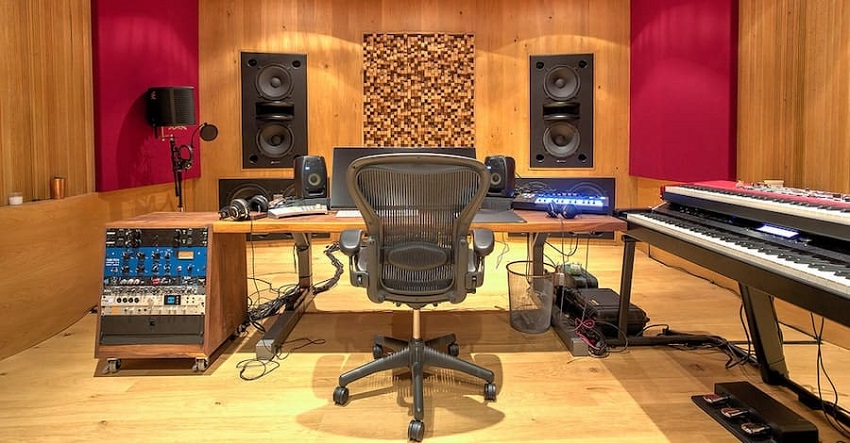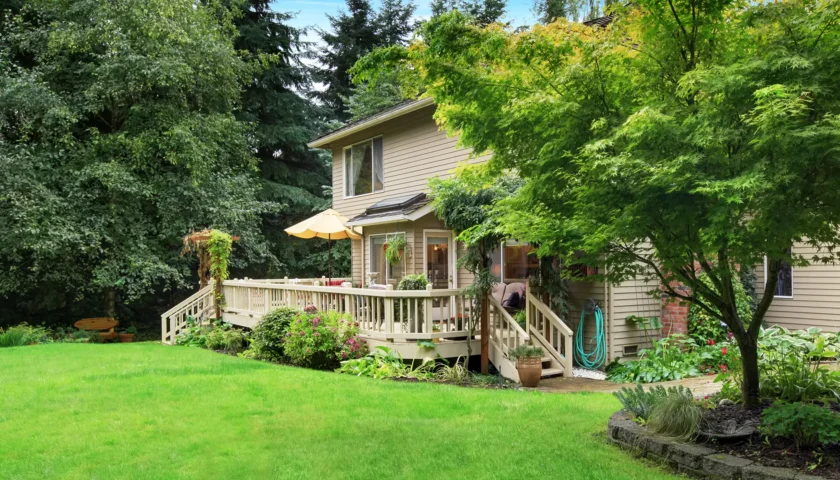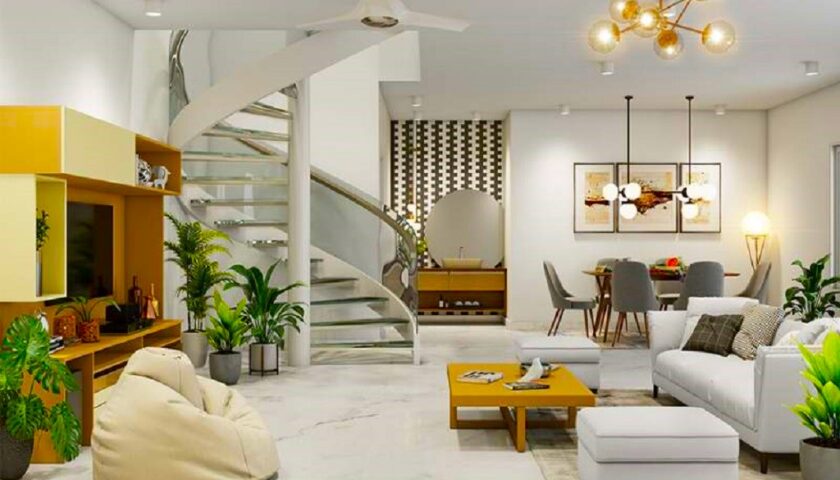Think you don’t have a home study space? With a little creativity and a little effort, it is possible to carve out space with everything you need for smart working. These ideas will help you create a surprisingly organized and elegant little studio.
Whether, in this lockdown period, you have moved your work home or just need a place to check emails. Organize bills or create, read and write. You will be more productive with a well-designed work area. What if you don’t have room for a real studio? It won’t be a problem if you can find your ideal corner. Today we offer you some inspiration and solutions for creating the perfect home office in small spaces.
As interior designers, our office is already in the house, precisely to optimize time. Since our work often takes place outside the home. It is not easy to keep order, but our workspaces, where creativity must be stimulated, must express functionality to the maximum. Our desk is deliberately placed near the window overlooking the courtyard, so the vision of trees and flowers inspires us continuously.
Even if you can’t find a real home study room, we’ve compiled a list of tips that will help you create a home office. That’s equally functional and welcoming, even in multifunctional spaces.
-
How to create a study corner at home
Nobody said that small home offices should be spaces in their own right. Think outside the four-wall concept and think about how to transform an area of your living room or bedroom. If there are multiple family members who need to share space, try to keep things tidy and organized. Giving each person an individual place to work or study.
You can buy desks or consoles of any size and style. So it’s not hard to find discreet furniture that matches your existing room and furniture.
Even during the lockdown period on many sites, it is still possible to continue to buy furniture online. A do-it-yourself alternative: you can always recover an old door or wooden top even a pallet in the cellar or attic, like legs, you can use two trestles or two chests of drawers…
You can also think of painting an old desk, to give it a more current look, which integrates with your existing furniture.
You may also want to consider using wall paint or rugs to visually delimit the area so that the effect is more intentional than improvised.
Living room: Sometimes it takes very little to create the necessary space for a home office. Perhaps starting to change the arrangement of the furniture in the living room. For example, you can move the sofa away from the wall so that you can place a desk or console right behind the sofa. It is a great way to create space for a home office.
When space is limited, it’s difficult (if not impossible) to be able to dedicate an entire room to a home office. So it’s worth thinking about how to create multiple uses for your space. Use cheap brackets and shelves, so you can turn an untapped wall (perhaps in the kitchen) into a desk for two, which you can use with bar stools.
Bedroom: Even a small niche between the wardrobe and the wall is enough to create a small equipped study corner. Even if it is too small for a piece of furniture, a chest of drawers. Or a desk, you can easily use the niche to support a work surface and create a “niche study”. Thinking of a multifunctional object, in the main bedroom. A desk could easily become a dressing table with the addition of a mirror.
-
Take advantage of unused spaces
In a small space, we recommend that you find a shallow console or desk, perhaps with a drawer or glove compartment. There is also small furniture with a folding door: once you have finished working you can close the desktop to save even more space.
In these rooms, generally without windows, take care of the lighting. So as not to have the feeling of being in a cramped space.
Kitchen: If your home study is just your kitchen table, you will need space to store documents, stationery, and technology. Creating a home office “in a box” or in a pouf is a simple solution. Open the box on the kitchen or dining table and voila, the temporary home office is served! If you don’t have the opportunity to buy a pouf, find a simple box, make it more beautiful with some decorative paper or adhesive paper (wood or marble effect) that integrates with the furniture. So even if you leave it around it will not it will seem like something precarious. It can also become an improvised coffee table or seat for the living room.
-
Don’t neglect the organization
Keeping an office organized can be difficult. Add shelves or racks above your desk area and invest in some storage bins or boxes to organize your work materials. Open shelving is an easy way to mix functional objects and decorative elements.
If you have space available, the wall units or small containers are ideal for storing documents and objects in view to leave everything in order.
-
Choose a suitable color palette
Your home studio is a place that should inspire concentration, creative flow, and allow you to work without distractions. But often this is not the case. In fact, work areas can be the most neglected spaces in our homes: messy desks, environments with poor colors, which do not favor inspiration.
One of the fundamental principles of color theory is that the shades chosen to decorate a space can have a strong impact on our moods. Blue, for example, is often interpreted as calming. Commit to choosing a largely neutral color palette, which will allow you to focus most of your attention on the task at hand.
-
Add personal touches
While it is important to focus on your home office. It is also essential to create a welcoming space where you will be happy to spend several hours. Don’t forget to add some decorative elements and paintings that highlight your personal tastes.
One of the easiest ways to do this (while still creating a coherent whole) is to allow your personal items to create accent colors, like little brush strokes.
-
Bring the outside inside
Research shows that the presence of natural light in professional spaces has an extraordinarily positive impact on employee productivity and morale. It makes sense that these concepts translate easily into the home office environment as well. So find a way to include the outside inside. Whenever possible, make windows or verandas an integral part of your design for your study corner …
Think about placing the desk under the windowsill or if this is not possible open the curtains to let in natural light. Also, don’t hesitate to include other natural elements such as small green plants, which will add color to space, improving the mood and wholesomeness of the air.
You may also like to read, How to decorate a wall with mirrors?




